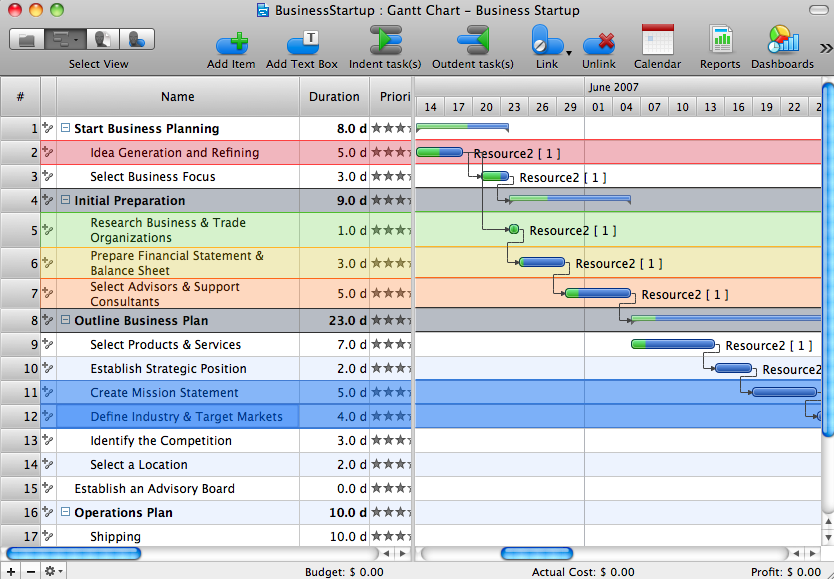Collaboration in a Project Team
Create with our data flow diagram software perfect data flow diagrams. Download data flow diagram software for FREE. Use hundreds of data flow diagram examples.- Replacing engine oil - Opportunity flowchart | Opportunity flowchart ...
- Cross-Functional Flowchart | Opportunity Flowchart Definition
- Organizational Structure | Basic Flowchart Symbols and Meaning ...
- Basic Flowchart Symbols and Meaning | How to Draw a Flowchart ...
- Replacing engine oil - Opportunity flowchart | Replacing engine oil ...
- Replacing engine oil - Opportunity flowchart | Order processing ...
- Lead to opportunity sales flow | Replacing engine oil - Opportunity ...
- Basic Flowchart Symbols and Meaning | Cross Functional Flowchart ...
- Replacing engine oil - Opportunity flowchart | Cross Functional ...
- Basic Flowchart Symbols and Meaning | Process Flowchart ...
- Basic Flowchart Examples | Replacing engine oil - Opportunity ...
- Work Order Process Flowchart . Business Process Mapping ...
- What Is Opportunity Flow Diagram
- Cross Functional Flowchart for Business Process Mapping ...
- Work Order Process Flowchart . Business Process Mapping ...
- Basic Flowchart Symbols and Meaning | Cross-Functional ...
- Basic Flowchart Examples | Basic Flowchart Images. Flowchart ...
- Work Order Process Flowchart . Business Process Mapping Examples
- Use the Best FlowChart Tool for the Job | Replacing engine oil ...
